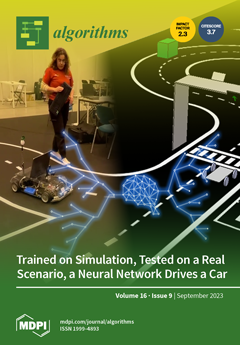Managing industrial processes in real-time is challenging due to the nonlinearity and sensitivity of these processes. This unpredictability can cause delays in the regulation of these processes. The PID controller family is commonly used in these situations, but their performance is inadequate in systems and surroundings with varying set-points, longer dead times, external noises, and disturbances. Therefore, this research has developed a novel controller structure for PIDD
that incorporates the second derivative term from PIDD
while exclusively using fractional order parameters for the second derivative term. The controllers’ robust performance has been evaluated on four simulation plants: first order, second order with time delay, third-order magnetic levitation systems, and fourth-order automatic voltage regulation systems. The controllers’ performance has also been evaluated on experimental models of pressure and flow processes. The proposed controller exhibits the least overshoot among all the systems tested. The overshoot for the first-order systems is 9.63%, for the third-order magnetic levitation system, it is 12.82%, and for the fourth-order automatic voltage regulation system, it is only 0.19%. In the pressure process plant, the overshoot is only 4.83%. All controllers for the second-order systems have a time delay, while the flow process plant has no overshoot. The proposed controller demonstrates superior settling times in various systems. For first-order systems, the settling time is 14.26 s, while in the pressure process plant, the settling time is 8.9543 s. Similarly, the proposed controllers for the second-order system with a time delay and the flow process plant have the same settling time of 46.0495 s. In addition, the proposed controller results in the lowest rise time for three different systems. The rise time is only 0.0075 s for the third-order magnetic levitation system, while the fourth-order automatic voltage regulation system has a rise time of 0.0232 s. Finally, for the flow process plant, the proposed controller has the least rise time of 25.7819 s. Thus, in all the cases, the proposed controller results in a more robust controller structure that provides the desired performance of a regular PIDD
controller, offering better dynamic responses, shorter settling times, faster rise times, and reduced overshoot. Based on the analysis, it is evident that PIDD
outperforms both PID and FOPID control techniques due to its ability to produce a more robust control signal.
Full article





